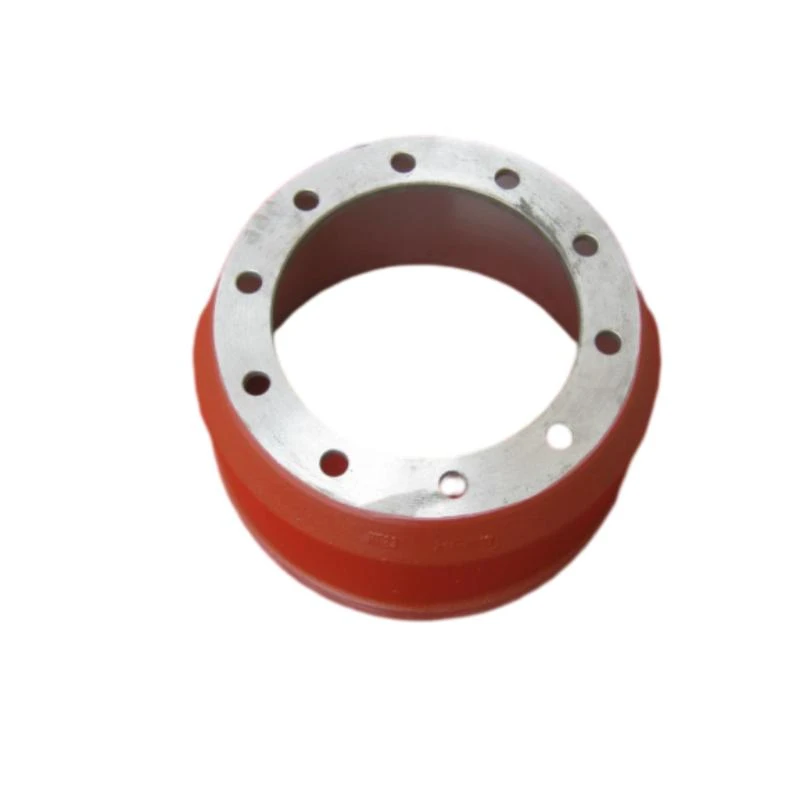Sep . 28, 2024 18:35 Back to list
Guidelines for Replacing Rear Brake Drums and Signs to Watch For
When to Replace Rear Brake Drums A Comprehensive Guide
Brakes are one of the most critical components of any vehicle, and understanding when it's time to replace your rear brake drums is vital for maintaining vehicle safety and performance. Brake drums typically wear out over time due to regular use, but there are several signs and factors that can indicate it's time for a replacement. This article explores these indicators, the effects of worn brake drums, and guidelines to help you determine when a replacement is necessary.
Understanding Brake Drums
Brake drums are part of the drum brake system, which works by using friction to slow down your vehicle. When you press the brake pedal, brake shoes are forced against the inside of the drum, creating friction that slows the wheels down. This system is commonly used in the rear brakes of older vehicles and some modern cars for better performance and cost-effectiveness.
Signs of Worn Brake Drums
1. Grinding Noise One of the most apparent indicators that your rear brake drums are worn is a grinding noise when you apply the brakes. If you hear a metal-on-metal sound, it likely means that the brake shoes have worn down excessively and are causing damage to the drum itself.
2. Vibrations or Pulsations If you feel vibrations or pulsations in the brake pedal when you press it, this could indicate that the brake drums are warped or unevenly worn. Uneven surfaces can lead to ineffective braking and can compromise your safety.
3. Poor Braking Performance A noticeable reduction in braking performance, such as longer stopping distances or a “spongy” feel when you press the brake pedal, can indicate that your rear brake drums are not functioning correctly and may need replacing.
4. Visible Damage Routine inspections may reveal visible cracks, scoring, or grooves on the surface of the drum. If the surface is damaged, it can severely affect braking efficiency and needs to be replaced.
when to replace rear brake drums

Why You Shouldn’t Delay Replacement
Delaying the replacement of worn or damaged brake drums can lead to several problems. Not only can it compromise your vehicle's braking efficiency, but it can also cause further damage to other parts of the braking system, such as the brake shoes or the wheel cylinders. Additionally, driving with malfunctioning brakes poses a significant safety risk for you and other road users.
Guidelines for Replacement
1. Regular Inspections Conduct regular brake inspections, ideally every 10,000 to 15,000 miles. This includes checking the condition of the brake drums and shoes.
2. Follow Manufacturer Recommendations Always refer to your vehicle’s owner manual for specific recommendations regarding brake drum maintenance and replacement intervals.
3. Consult a Professional If you notice any of the above indicators, it's advisable to consult a qualified mechanic. They can perform a thorough inspection and recommend whether the brake drums need to be replaced or if a simple adjustment will suffice.
Conclusion
Being proactive about brake maintenance, particularly with rear brake drums, is essential for ensuring your vehicle's safety and performance. By being aware of the signs of wear and following a regular inspection schedule, you can catch issues early and avoid costly repairs down the line. Remember, when it comes to brakes, it’s always better to err on the side of caution. Stay safe on the road by paying attention to your vehicle's braking system and seeking timely replacements when necessary.
-
HINO Industrial Solutions - ¡Ң���ຽ��е��������˾ | Advanced Efficiency&Customization
NewsJul.13,2025
-
HINO Industrial Efficiency Solutions - ¡Ң���ຽ��е��������˾
NewsJul.13,2025
-
HINO Industrial Solutions - ¡Ң���ຽ��е��������˾ | Advanced Technology&Reliability
NewsJul.13,2025
-
HINO Industrial Efficiency-Jiangsu Hino Industrial|Productivity Optimization&Cost Reduction
NewsJul.12,2025
-
HINO-¡Ң���ຽ��е��������˾|Advanced Industrial Solutions&Energy Efficiency
NewsJul.12,2025
-
Premium Brake Drum Iveco – Durable Drum Brake Drum & Brake Shoe Solutions
NewsJul.08,2025
